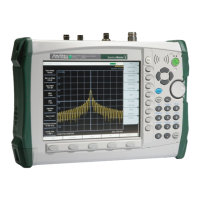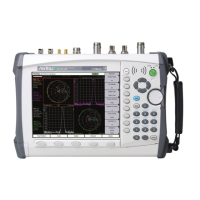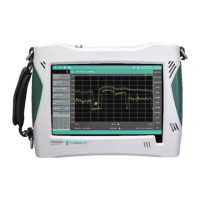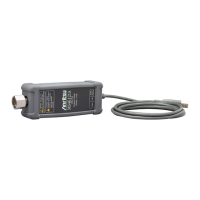S331L UG PN: 10580-00321 Rev. M 3-3
Cable and Antenna Measurements 3-2 Common RF Terms
Insertion Loss (Cable Loss): Measures the total amount of signal energy
absorbed (lost) by the cable assembly. Measured in dB. S21 is another
name for this measurement. This is often a pass/fail measurement.
Return Loss: Measurement in dB of reflected energy caused by
impedance mismatch. May also be referred to as S11. S11 values are
expressed as negative numbers, but Return Loss values are expressed
as positive numbers since by definition the “Loss” expression implies a
negative sign. The higher the value, the better the impedance match
(think of a large negative number being less than a smaller negative
number). 40 dB is nearly ideal. Only 0.01% of the total transmitted
power is reflected if the Return Loss measurement value is 40 dB. 0 dB
would be a complete reflection, or stated another way, 100% of the
transmitted power is reflected back. Return Loss is typically a pass/fail
measurement.
RF (Radio Frequency): Frequency of radio sine waves. RF range is 3 kHz
to 300 GHz.
VSWR (Voltage Standing Wave Ratio): Another method to measure
reflected energy caused by impedance mismatch. Expressed as a ratio of
X:1. VSWR measures the voltage peaks and valleys. 1:1 would be a
perfect match. A typical cable and antenna system would be around
1.43:1 or 15 dB Return Loss. The Site Master can measure either
Return Loss or VSWR. Some carriers require that Return Loss is
measured in VSWR. This is typically a pass/fail measurement.
Watt: Unit of measure for power.
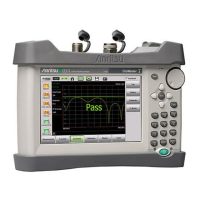
